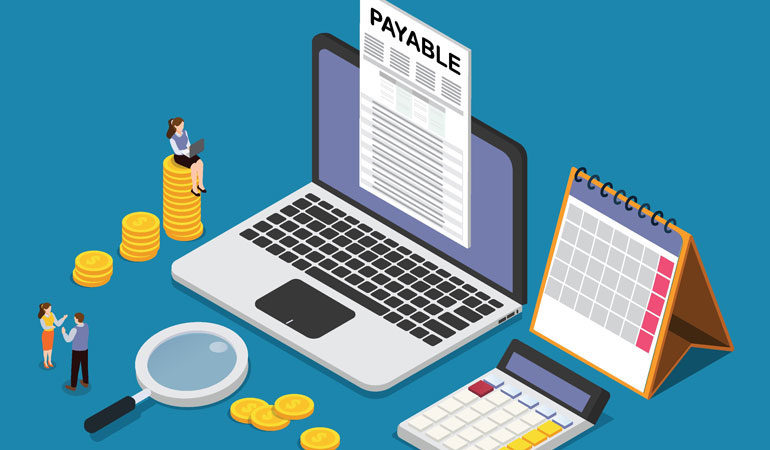AP automation is a process that uses technology to automate and streamline the payment of bills and invoices for businesses. The technology can automate many of the manual tasks associated with managing invoices, such as data entry, approval routing, and payment processing. This can help to reduce the risk of errors and improve compliance with financial regulations, while also saving time and money.
One of the biggest risks associated with manual AP processes is human error. When invoices and bills are processed manually, there is a greater chance for errors to occur, such as incorrect data entry or missed deadlines. AP automation can greatly reduce the risk of errors by automating data entry and eliminating the need for manual data entry. This can help to ensure that all invoices and bills are processed correctly and on time.
Manual AP processes can pose a risk for compliance with financial regulations. AP automation can help to enhance compliance by automating tasks such as approval routing and payment processing, ensuring that all invoices and bills are processed in compliance with regulations. This can help to mitigate the risk of non-compliance and potential penalties. Additionally, AP automation can also provide better control and visibility over the invoice process, allowing businesses to detect and rectify any compliance issues more quickly.
In addition to reducing risk and enhancing compliance, AP automation can also save businesses time and money. Account Payable processes can be time-consuming and costly, requiring significant resources to manage. AP automation can greatly reduce the time and cost associated with managing invoices and bills by automating many of the manual tasks associated with these processes. This can help businesses to save money and increase efficiency.
Exactly, AP automation can help businesses improve their cash flow management. Automating manual tasks such as data entry, approval routing, and payment processing can improve the accuracy and timeliness of payments, which can help ensure that businesses have the cash on hand when they need it.
By automating the process, businesses can also take advantage of early payment discounts offered by suppliers, which can further improve cash flow management. Additionally, automating the process can also eliminate human errors, reduce payment delays and improve accuracy in accounting.
Furthermore, AP automation can improve the visibility and control of the process of paying bills and invoices. The software is able to track the invoices and bills from the moment they are received until they are paid, giving a full view of the process and allowing for better management. This can help businesses to identify any issues or problems early on, and take corrective action as needed, improving the overall efficiency of the process.
Conclusion:
AP automation is a process that uses technology to streamline the payment of bills and invoices, and bring significant benefits to businesses. It can automate manual tasks such as data entry, approval routing, and payment processing, reducing errors and enhancing compliance with financial regulations.
Additionally, it can save time and money, and improve the visibility and control of the process, which can lead to better cash flow management. Implementing AP automation can bring significant benefits to businesses, and can be a wise decision for companies looking to improve their financial operations. It allows to streamline the process, reduce errors, and improve compliance, cash flow, and financial operations.

No comments yet